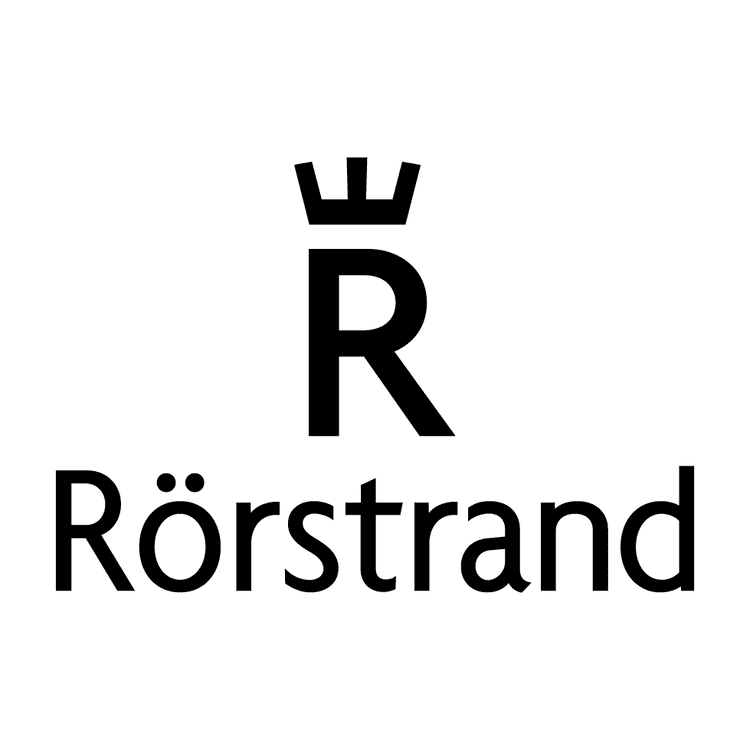Founded 1726 | ||
 | ||
Industry Ceramic tableware and artware Website | ||
Rörstrand porcelain was one of the most famous Swedish porcelain manufacturers, with production initially at Karlberg Sea on Kungsholmen in Stockholm.
Contents
History
Rörstrand has been documented as early as the 13th century, when Magnus Ladulås donated property to the Clara Convent. In 1527, under Gustavus Vasa, the area was returned to the crown. The area was named "Rörstrand" because the clear lake's shore was overgrown with reeds.
After an ”Associations contract between all concerned in the Swedish Porcelain works, which will be established at great Rörstrand in the Delft manner” was signed in 1726, a porcelain factory was built at the castle Rörstrand. The factory had indeed been privileged to produce true porcelain, but faience was the only thing that came to be produced until the 1770s. In 1758, rival Marieberg began to produce flintware. High production costs, small market, and strong competition from imported Chinese porcelain, kept Rörstrand from trying to copy Marieberg's goods.
By the 1770s, Rörstrand begins its own production of the English flintware, however, it takes time before Rörstrand succeed in developing its own technology in the new technique. After Marieberg was acquired in 1785, Rörstrand was the only major Swedish porcelain factory and the technology was not a priority. Only after Gustafsberg is founded in 1825 does mass production of printed tableware in earthenware take off. During the 1860s, Rörstrand porcelain was one of the nation's largest industries.
In 1900, there were around 1,100 employees. The factory's products had a worldwide reputation and participated successfully in various fields of art and industrial exhibitions. The expansion of the city meant that the land was needed for housing. The factory in Rörstrand was closed and demolished in 1926. Production was moved first to Gothenburg after acquiring the Gothenburg porcelain factory, and later to Lidköping in the 1930s.
Between 1960-1990, Rörstrand passed through several owners, including Upsala-Ekeby AB, Finnish Wärtsilä, Hakusan and Gustavsberg porcelain factory. As of 2001, Rörstrand is a part of Iittala, which, because of losses, moved production to Sri Lanka and Hungary. On 30 December 2005 the factory in Lidköping closed, and thus ended a nearly 280-year-old Swedish industrial history. In 2007 Iittala, which included the Rörstrand brand, was bought by Fiskars.
The former porcelain factory is now a museum, in which the legacy lives on.
Tableware
During the early years it was possible to order larger table sets in the same spot, but most were ordering goods and some named tableware was not.
When the printed decors for mass production turn up - the first dinnerware dates from 1826 - all without the name. In the mid-1800s, they started in price list are few illustrative names as "Turkish pattern" but only at the end of the 1800s created real name in tableware. The exception is the well-Willow, but its name and reputation already in England - Rörstrand made a variant of the decor around 1830-1888.
Purple lace pattern was one of the 1800s most popular tableware and manufactured well into the 1900s (about 1845-1934). At the turn of the century created a range of tableware which then remains in the range of nearly 50 years as Bella, Vineta.
Another of Rörstrands long-running dinnerware was "Green Anna" (as in an earlier version called Green Anna). Until 1926, however, made it to Gothenburg porcelain. The purple lace pattern produced from about 1845 and forward to 1934 also had a very long run. Ostindia is an example of one of the factory's popular designs, that is still produced today.
